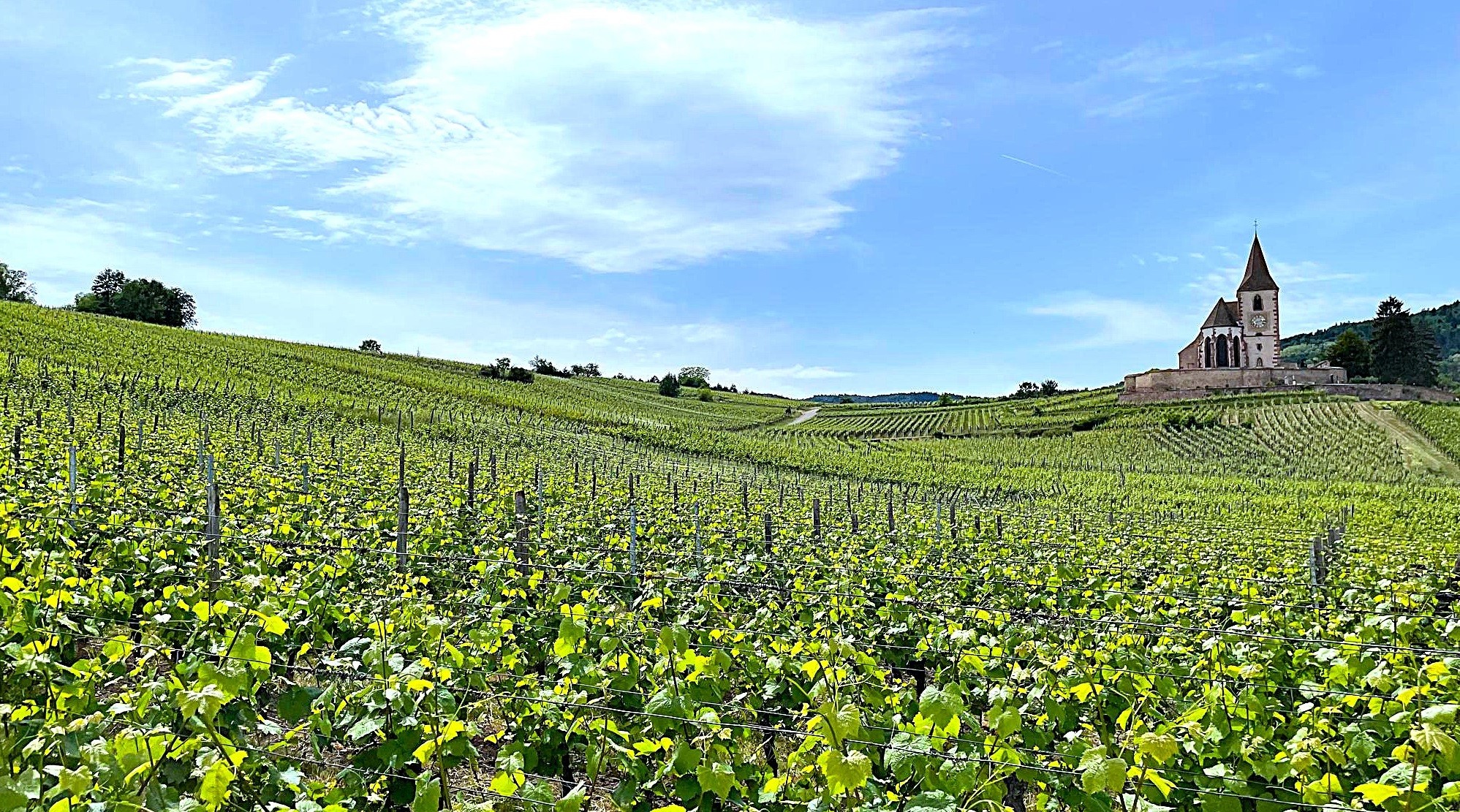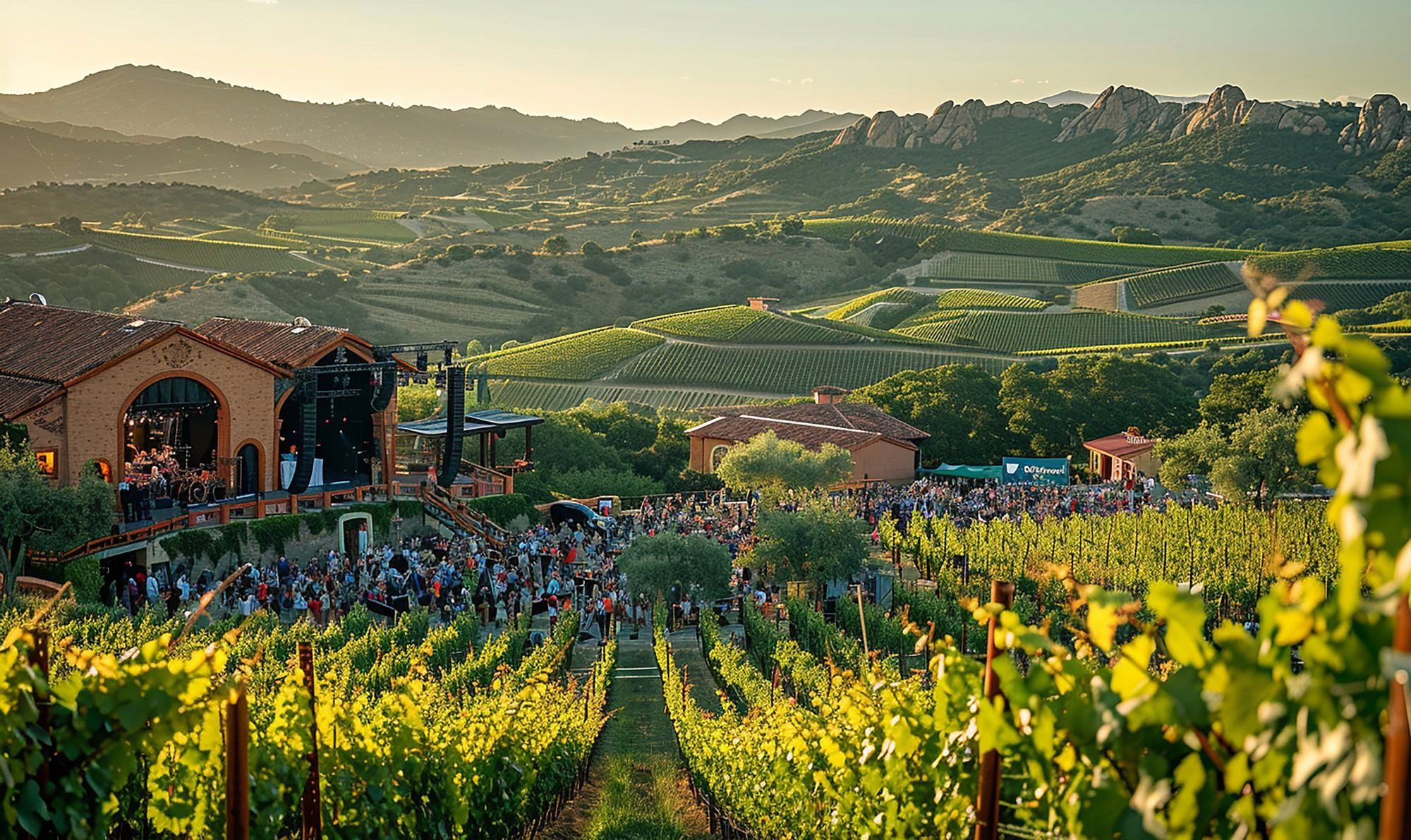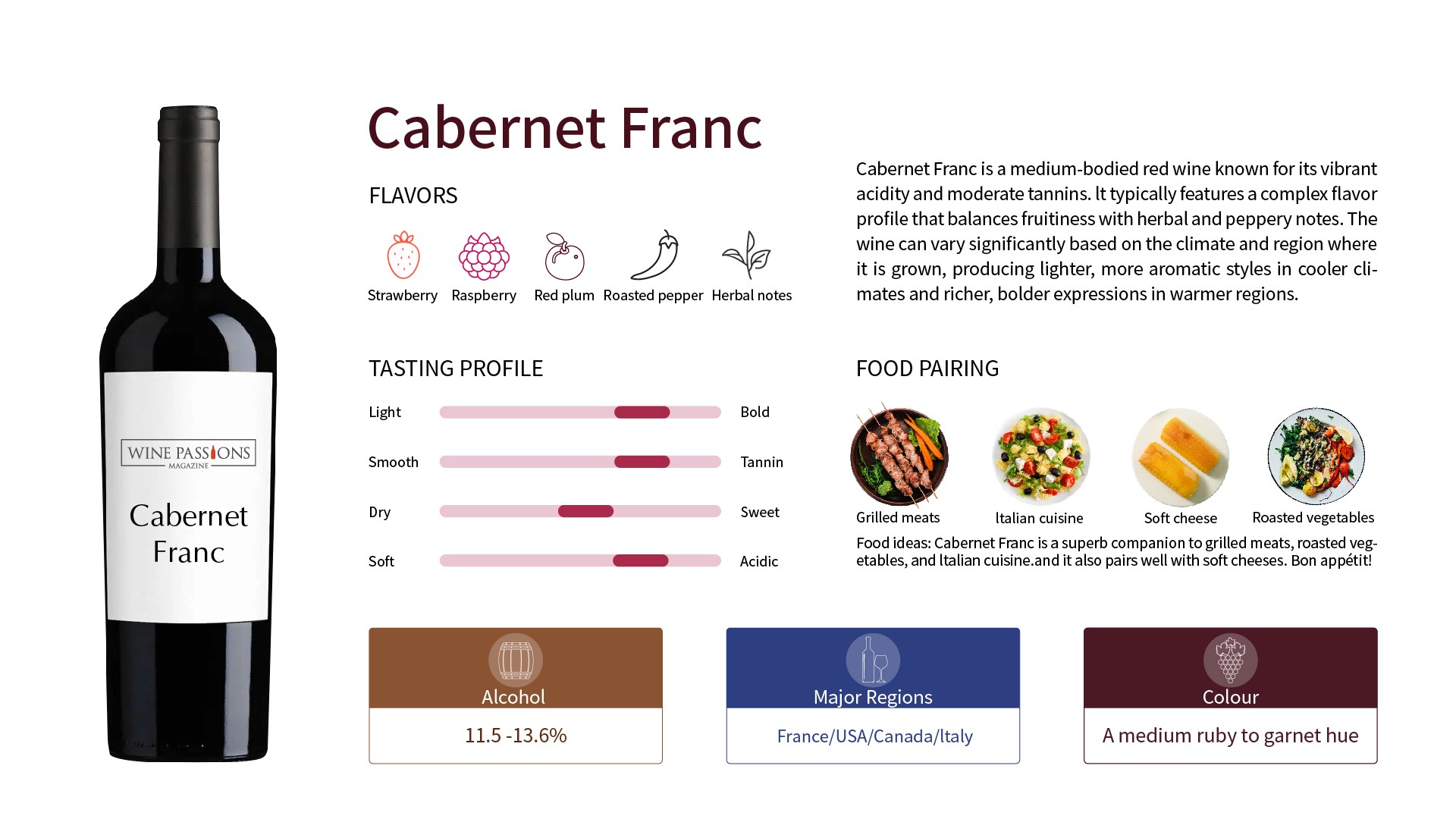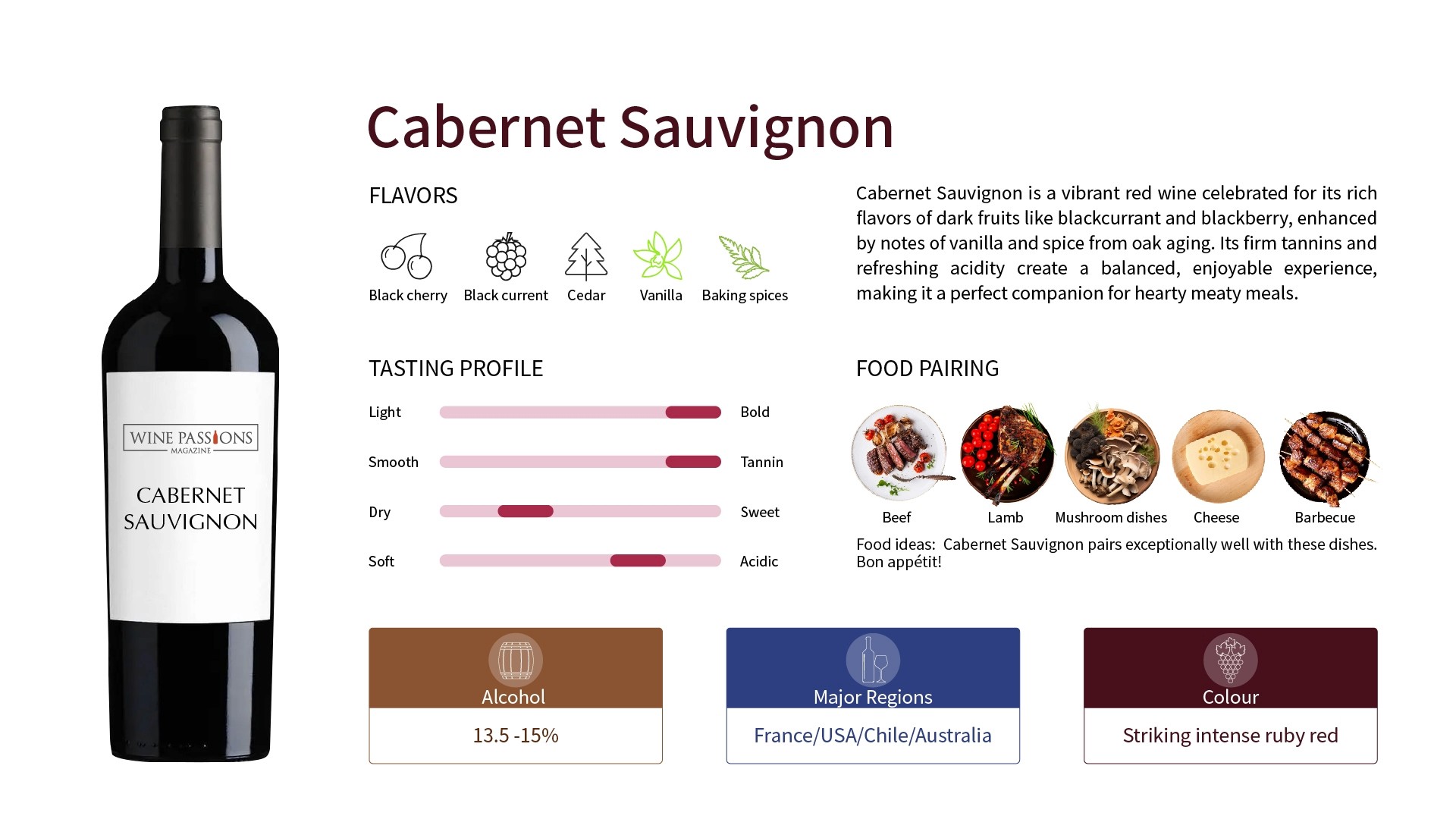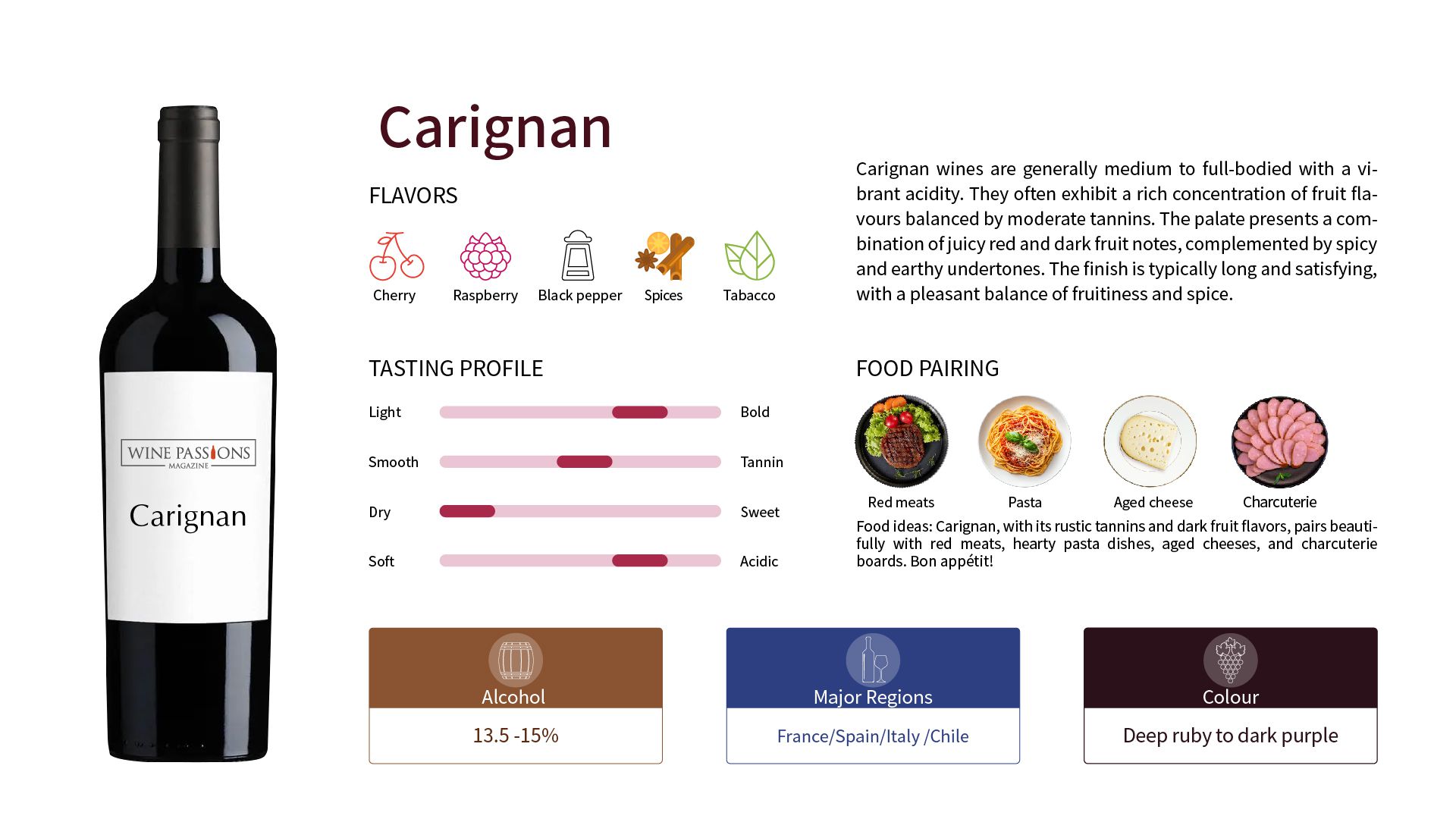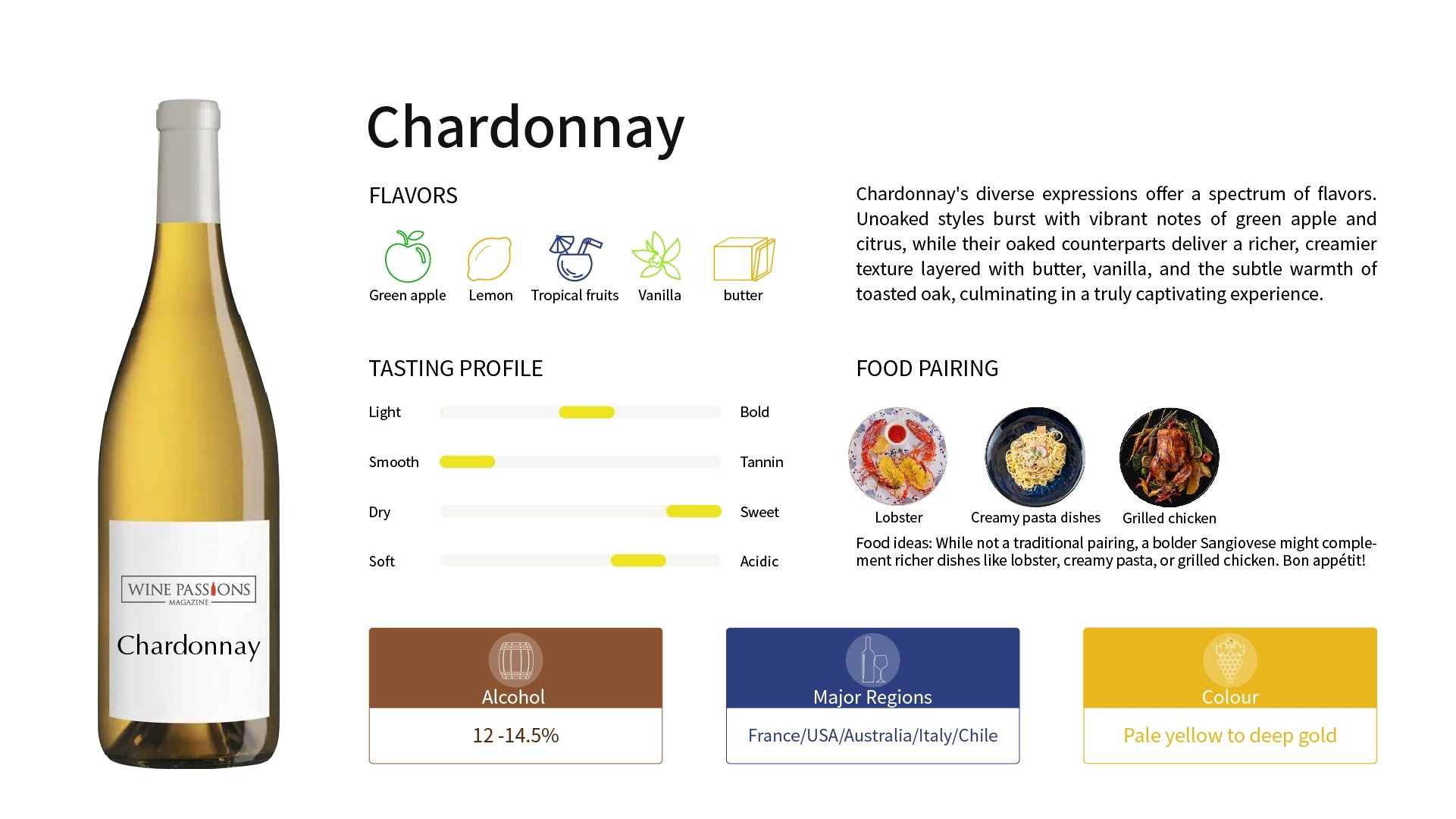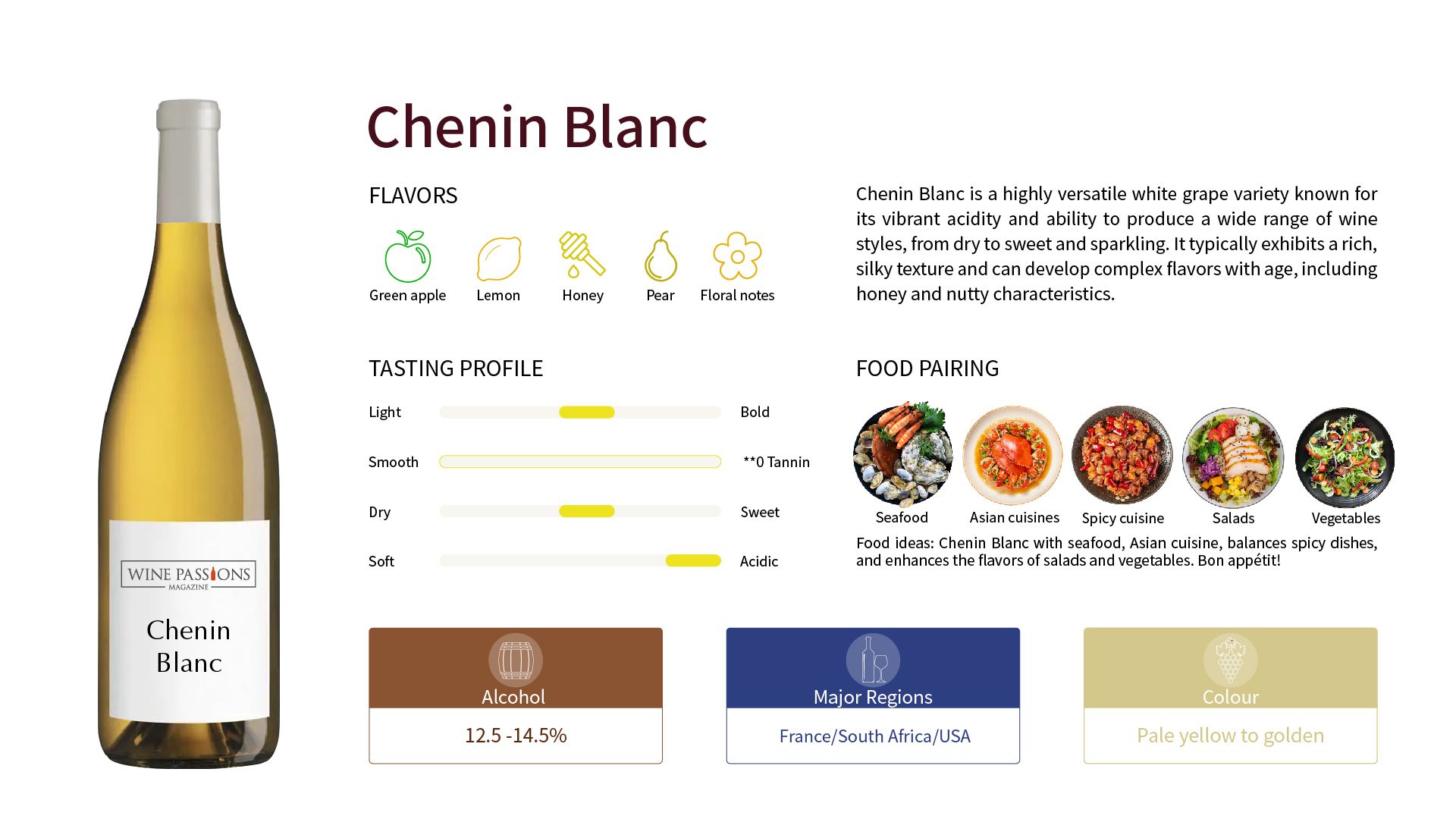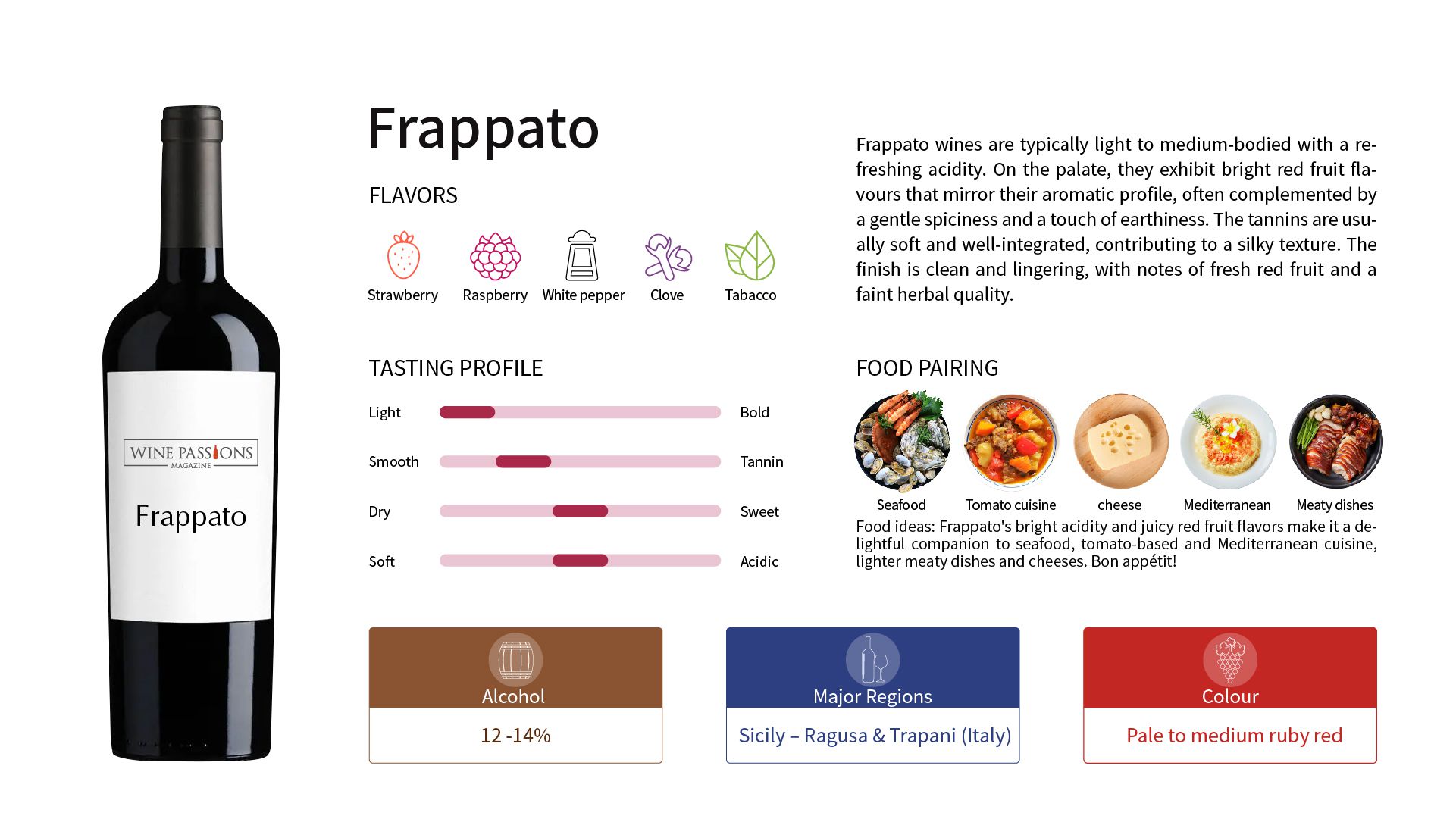Cabernet Franc
Background and Origins
The history of Zinfandel can be traced back to Croatia, where it is known as "Crljenak Kaštelanski." In the 19th century, with the wave of immigration, Zinfandel made its way to the United States and thrived rapidly in California's highly suitable climate conditions. Today, it has become one of the symbols of California's wine culture and has gained global attention for its distinctive flavors.
In 1975, Zinfandel and Italy's Primitivo were considered the same variety, but this claim was not confirmed until DNA testing in 1994. This discovery not only solidified Zinfandel's status in the wine world but also provided deeper insights into its origins.
As time progressed into the 21st century, Zinfandel gained renewed attention, especially in the high-quality red wine market. Many wineries began to focus on producing traditional styles of Zinfandel, emphasizing its unique flavor characteristics, such as blackberry, spice, and a full mouthfeel.
Reasons for the Popularity of Merlot
Diverse Styles : The diverse styles of Zinfandel are one of the main reasons for its popularity. This grape can be made into various types of wines, including dry reds, sweet reds, and white Zinfandel. Dry red Zinfandel typically has rich fruit aromas and spice flavors, making it suitable for consumers who enjoy a full-bodied experience. In contrast, white Zinfandel attracts many newcomers with its refreshing sweetness and serves as a first step into the world of wine for many.
Drinkability : Zinfandel is known for its soft tannins and moderate acidity, making it an ideal choice for beginners and a wide range of consumers. This wine typically features fruit aromas and a rounded palate, making it easy to enjoy. For those just starting to explore red wines, Zinfandel offers a friendly entry point, as its taste is not overly strong or astringent.
Moreover, with an alcohol content of around 14% to 17%, this also enhances its mouthfeel's fullness, making each sip full of pleasure.Rich Flavor Characteristics : Zinfandel boasts diverse and unique flavor characteristics, including blackberry, raspberry, cherry, and various spices like pepper and licorice. These flavors give each Zinfandel a complexity, showcasing different flavor profiles whether the wine is young or mature. Additionally, as the grapes ripen, Zinfandel may also exhibit rich notes of raisin and fig, making the tasting experience even more captivating. This rich and varied flavor profile attracts many wine enthusiasts, encouraging them to explore the unique experiences offered by different regions and winemaking methods.
Friendly Price Range : There are many high-value Zinfandel options on the market, ranging from affordable choices to rare fine wines from high-end wineries, allowing consumers to easily find suitable options. This price range makes Zinfandel a wine that various types of consumers can enjoy. Whether hosting a gathering at home or celebrating a special occasion, Zinfandel provides affordable yet quality choices. Additionally, high-end brands such as Ridge Vineyards and Turley Wine Cellars offer more options for those seeking exceptional quality, ensuring that Zinfandel has its value across different market segments.
Flavor Characteristics of Zinfandel
Zinfandel primarily exhibits the following flavor characteristics:
Fruit Aromas: Intense blackberry, raspberry, cherry
Spices: Pepper, licorice, clove, and other aromatic spices
Texture: Full-bodied and rich, with chocolate and coffee aftertaste
Some Zinfandels, as they mature, even exhibit intense flavors of raisin and fig.
Main Regions of Zinfandel
Concentrated mainly in the United States, California is its most important growing region:
California
California is the homeland of Zinfandel, with about 43,210 acres (17,486 hectares) of planted area. The climate and soil conditions here are very suitable for the growth of Zinfandel, especially in the following sub-regions:Napa Valley: Known for its high-quality Zinfandel, wines from here typically have a full body and rich fruit aromas, with a good balance of acidity and tannins.
Sonoma County: Zinfandel here is famous for its bright fruit flavors and smooth texture, especially in regions like Dry Creek Valley and Russian River Valley, where the wines exhibit high acidity and strong blackberry and pepper notes.
Lodi: Known as the capital of Zinfandel, wines here often display rich blackberry and mocha flavors and are praised for their unique sweetness and smoky style.
Amador County: This region is known for producing fruit-forward Zinfandel with higher alcohol content, typically featuring flavors of raspberry and overripe strawberries.
Central Valley: This area also has a significant amount of Zinfandel planted, mainly for commercial production.
Italy
In Italy, Zinfandel is known as Primitivo, primarily grown in the Puglia region, covering about 27,182 acres (11,000 hectares). The Primitivo from here typically displays rich and fragrant characteristics, showing certain similarities to California's Zinfandel.Croatia
Zinfandel originated in Croatia, where it is called Tribidrag. Although the planted area is currently relatively small, about 170 acres (70 hectares), Croatia remains an important historical root of Zinfandel.
Famous Zinfandel Wine
Ridge Vineyards - Geyserville Zinfandel
Turley Wine Cellars - Old Vines Zinfandel
The Prisoner - Red Blend (with Zinfandel as the main grape variety)
Handling and Tasting Methods
Tasting Temperature: 15-20°C
Tasting Glass: Universal or standard red wine glass
Decanting Time: 30 minutes
Aging Potential: 5 to 7 years
Food Pairing
Zinfandel is a versatile food pairing wine, and its bold flavors make it an ideal companion for the following dishes:
Barbecue: Perfectly combines with the caramelized aromas of grilled meats.
Italian Cuisine: Such as tomato sauce pasta or pizza, its moderate acidity balances rich sauces.
Rich Cheeses: Like Cheddar or Stilton cheese, enhancing the complexity of flavors.


